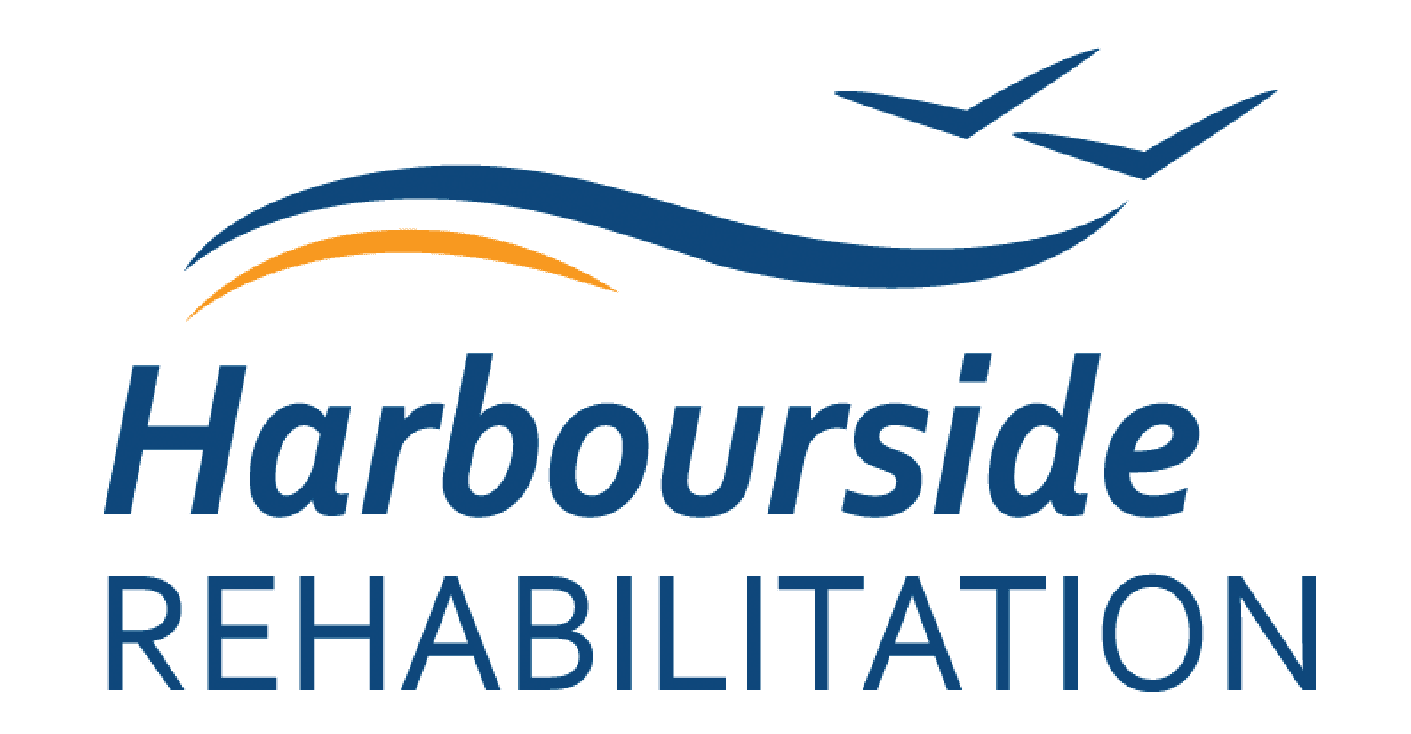
Working From Home with Pain and distractions? Ergonomics can help
In today’s remote work era, working from home has become the norm for many. While it has its perks—no commute, flexible hours, and pajama-friendly meetings—it can also bring unexpected challenges. If you’re finding yourself dealing with physical pain and struggling to focus, you’re not alone. The culprit might be hiding in plain sight: POOR ERGONOMICS.
What Is Ergonomics, and Why Does It Matter?
Ergonomics is the science of designing and arranging your workspace to fit your body’s needs. It’s about working smarter, not harder, by setting up your environment to reduce strain and enhance comfort. When your workspace isn’t set up properly, your body compensates in ways that can cause or worsen discomfort, fatigue, and even long-term injuries.
Common Work-from-Home Pains
Many remote workers report issues like:
- Neck and back pain
- Wrist and shoulder strain
- Headaches and eye fatigue
- General restlessness and difficulty concentrating
These symptoms are often signs that your body is fighting against your setup. The good news? Small ergonomic changes can lead to big improvements.
Simple Ergonomic Fixes You Can Start Today
- Check Your Chair and Posture
Your chair should support the natural curve of your spine. Sit back fully in the chair, keep your feet flat on the floor (or a footrest), and avoid slouching or leaning forward. If your current chair isn’t cutting it, consider adding a small lumbar support cushion or using a folded towel behind your lower back.
- Adjust Your Screen
Your monitor should be at eye level, about an arm’s length away. Looking down at a laptop all day strains your neck. Try using a laptop stand or stack of books to raise the screen, and use an external keyboard and mouse.
- Keyboard and Mouse Position
Keep your elbows close to your body, bent around 90 degrees. Your wrists should be in a neutral, flat position—not angled up or down. Consider using a wrist rest or ergonomic keyboard if you type a lot.
- Lighting and Screen Glare
Eye strain contributes to fatigue and loss of focus. Use soft, indirect lighting and position your screen to avoid glare from windows or lamps. Adjust text size and brightness for better readability.
- Move More
No matter how ergonomic your setup is, sitting still for hours isn’t healthy. Set a timer to take a quick break every 30–45 minutes. Stand up or take a short walk to reset both your body and your brain. It’s also a great opportunity to do some stretching. Check out these stretching exercises.
How Ergonomics Helps with Focus
Physical discomfort is a major distraction. When your body aches, it’s harder to concentrate. An ergonomic setup helps reduce those aches, conserves your energy, and keeps your mind on your work—not your pain. You may also find yourself more productive and less fatigued at the end of the day.
Invest in Yourself
You don’t necessarily need to spend a fortune to make your home office work for you. A few thoughtful adjustments can ease your pain, sharpen your focus, and help you feel better overall. Your body and your brain will thank you.
If you would like an assessment with a trained professional, our occupational therapists can help you.
For more information, go to https://harboursiderehab.ca/ or reach out for further information.
